What keeps apartment developers awake at night?
 |
| Local condominium buyers will be spoilt for choice in 2011 |
Key property companies are predicting an explosion of new apartments in the two big cities this year.
Savills’ latest report, based on the execution schedule and status of future known projects, estimated approximately 19,000 units from over 30 projects will enter Hanoi’s primary market in 2011. Meanwhile, the secondary supply would have approximately 39,300 apartments.
Besides, another 120 projects are estimated to enter the primary market and may provide a stock of over 24,000 units.
In Ho Chi Minh City, the secondary supply rose to approximately 55,000 units, while in the long term approximately 105,000 apartments for sale will complete construction in the period from 2011 to 2013 and beyond.
Meanwhile, CBRE’s 2011 outlook report showed that Hanoi’s new condominium supply this year anticipated 16,000 units.
Ho Chi Minh City’s 2011 total apartments will be 120,000 units, among them there will be 40,621 units from 79 commercial projects poured into primary market, according to CBRE.
Besides commercial housing projects, social housing will be a strong future trend in 2011. The government continues to support and offer financial incentives to developers that focus on providing accommodation for low-income earners.
Vice minister of Construction Nguyen Tran Nam announced that there would be 70,000 social housing units handed over this year to meet the demand of thousands of low-income residents.
The huge figures, accompanied with the gloomy status of the market at the end of last year made many people working in the realty field worry about a saturated market.
Dang Dinh Tuan, general director of Futaland, said: “Ho Chi Minh City will absolutely see an oversupply of mid and high-end condominiums this year.”
Some added sweeteners
Tuan said that a number of high-end condominium developers in the city launched their existing projects and offered incentives and attractive interest rates, but found no customers.
Sale rates of high-end projects situated at prime location with unique design were also slow.
“At this time, I see no obvious bright signs in Vietnamese economy or financial market to boost up the property market. So it is very difficult for the new high-end developments to be sold,” said Tuan.
Tuan saw a high demand for Ho Chi Minh City mid-end apartment segment products, but forecasted that a number of mid-end projects could not be sold due to high borrowing interest rates, low payment capacity of majority of local residents and the investors’ “wait and see” attitude.
Tuan said most of future projects had the same design and were expected to be offered at VND15-16 million ($724-$772) per square metre while in practice, apartment projects offered at around VND12-13 million ($579-$628) per square metre still found no customers.
“In fact, most of Ho Chi Minh City residents can only pay VND8-9 million ($386-$435) per square metre. They do not want to get loans from banks to purchase houses while investors, who previously drove the market still keep the ‘wait and see’ attitude,” said Tuan.
“The market is still oversupplied with apartments for sale,” added Tuan.
VinaCapital’s marketing director Matthew Koziora said the future supply might not reach the forecasted figures.
“We believe that whilst there are a number of projects either approved or proposed, few will proceed given the lack of liquidity in the marketplace and if available, the high cost to service such debt. Therefore, in the short to medium-term we expect that a number of these projects will be delayed,” said Koziora.
“Given that the amount of existing stock is relatively low compared with total population, those developers that produce affordable housing for a range of end users will be the ultimate winners over the longer term,” added Koziora.
Nguyen Do Viet, deputy general director of Song Da Thang Long JSC, agreed with Kozioza and said due to few condominium projects under construction last year, the 2011 new supply would not be higher than supply in primary market in 2008 or 2009.
However, Viet believed that the oversupply would appear in some mid and high-end condominium segments while the Hanoi apartment market still faced up the dearth for affordable prices units.
“New supply is not much, but this year’s Hanoi total secondary market supply really concerns me. It is huge. The projects launched this year would be directly competed with the secondary supply. If they are special and sold at reasonable prices, they would be sold out in short time. If launched with wrong sale campaigns, they cannot be sold,” said Viet.
Savills Vietnam’s head of research Tran Nhu Trung said: “There will be no oversupply in the market, even during the next several years.”
Trung said the Vietnamese average living area in square metre per person was currently only 16.7sqm per person. Based on the current national total population and its growth rate, future supply from existing projects cannot reach the government’s target to raise the national average living area to 22sqm per person in 2011.
Furthermore, speculators previously drove the market for a long time and end-users had no chance to access the primary market apartment supply. “In fact, the real demand for end-users’ accommodation is much higher than we thought and the number in 2011 cannot satisfy,” said Trung.
Fierce competition
CBRE forecasted that such large supply pressures will see developers seriously think about developing new products and studying buyers’ preferences more closely. Many will try new sales techniques, such as using multiple marketing agents as well as setting up their own in-house sales teams. They will also be open to more flexible payment terms and ready to expand their advertising and marketing budget.
Buyers’ desires for landed property will remain strong and many will hedge the risk of dong depreciation by investing in properties. Additionally, fewer speculators are expected to enter the condominium market, CBRE stated.
Colliers International’s director research Naim Khan-Turk and its market research and valuation manager Anna Lomas agreed that greatest demand for apartment accommodation was in the low to mid range. Competition between developers, particularly those with developments placed in the mid to high market segment, will be fierce.
Khan-Turk and Lomas said that developers, particularly those with apartment projects in the mid to high end range of the market, besides offering a range of incentives to suit the individual investors or owner-occupiers, could include more flexible payment terms.
For the investor market, a developer guaranteed rental return for the first year, could attract potential purchasers as could discounts for purchase of multiple units. However, high end investors will be seeking not just a rental return, but capital gains and so they will continue to invest in those high end developments offering an excellent quality product in a strategic location for long-term capital growth.
Khan-Turk said that the revisions in Decree 71 would limit the amount of pre-sold units to 20 per cent in a development. Therefore, developers will need to secure funding beforehand rather than using apartment pre-sales to fund construction.
What the stars mean:
★ Poor ★ ★ Promising ★★★ Good ★★★★ Very good ★★★★★ Exceptional
 Tag:
Tag:
Related Contents
Latest News
More News
- Nation urged to build on eco-IP model (April 16, 2024 | 10:22)
- Domestic steel demand expected to rebound amid warming real estate market (April 12, 2024 | 10:31)
- Implementation of new land laws must benefit investors (April 10, 2024 | 09:17)
- Apartment hikes hint at speculation return (April 09, 2024 | 10:14)
- Infrastructure focus sets stage for real estate bonanza (April 03, 2024 | 10:14)
- Nam Long Group maintains top ten position in real estate investment ranking (April 03, 2024 | 08:00)
- Hospitality and real estate sectors strive for sustainable growth (March 29, 2024 | 16:12)
- Gamuda Land starts construction of Eaton Park (March 28, 2024 | 16:40)
- New land law could entice Viet Kieu home (March 27, 2024 | 18:00)
- Binh Duong to capitalise on rising real estate interest (March 27, 2024 | 15:41)





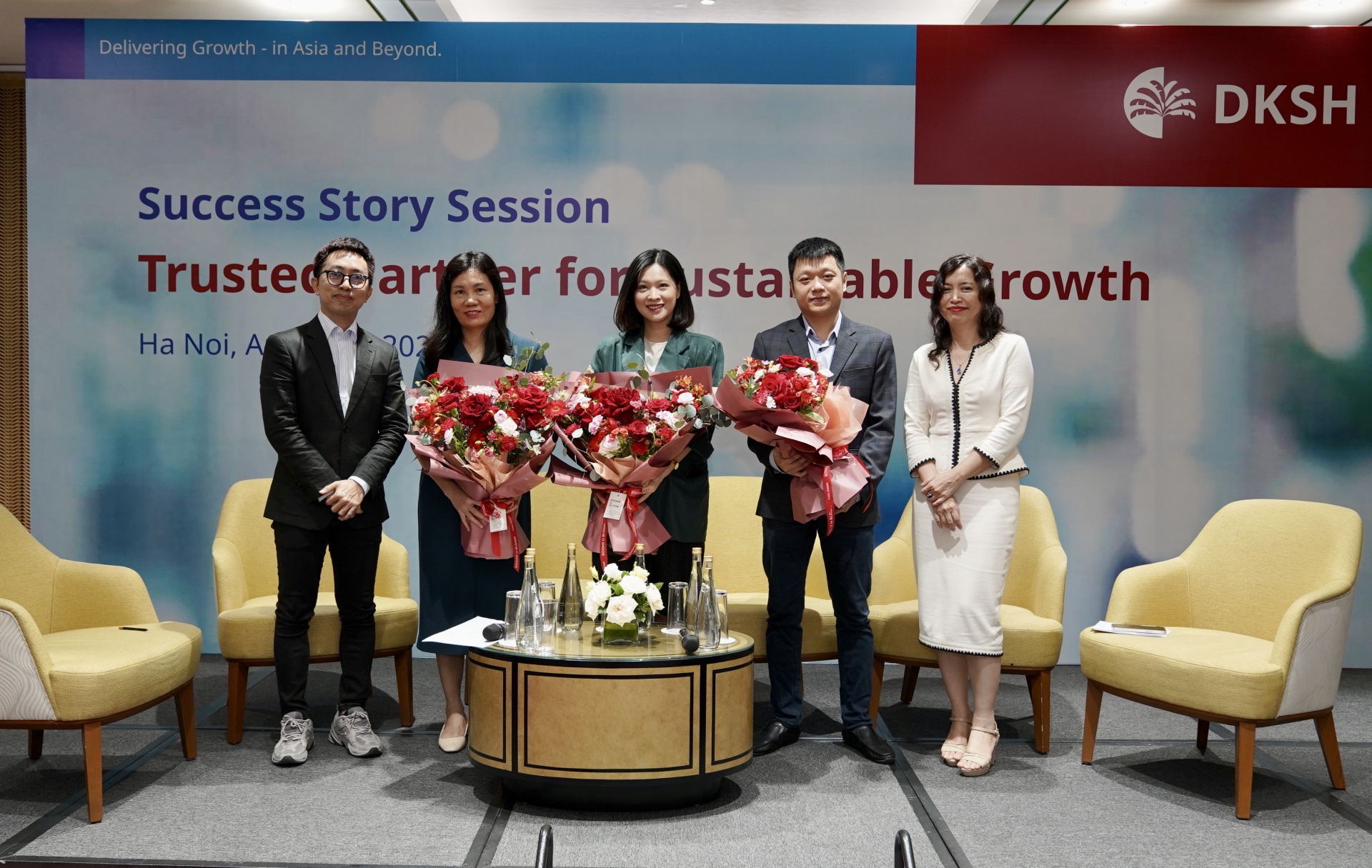


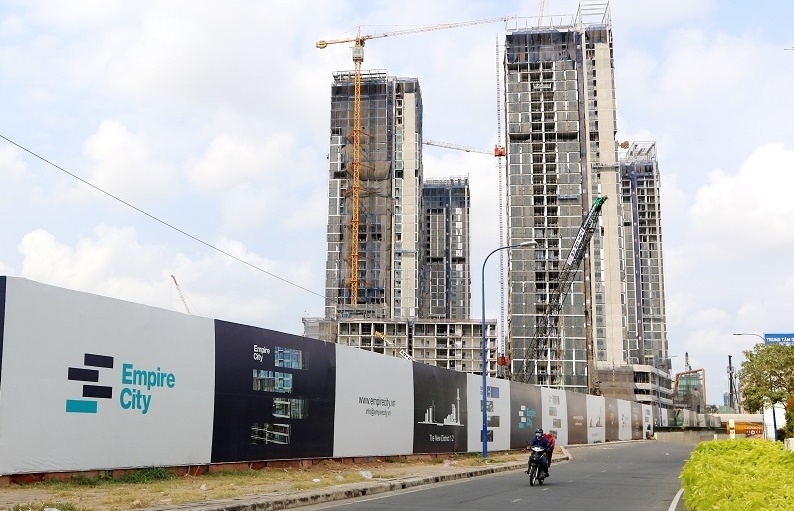
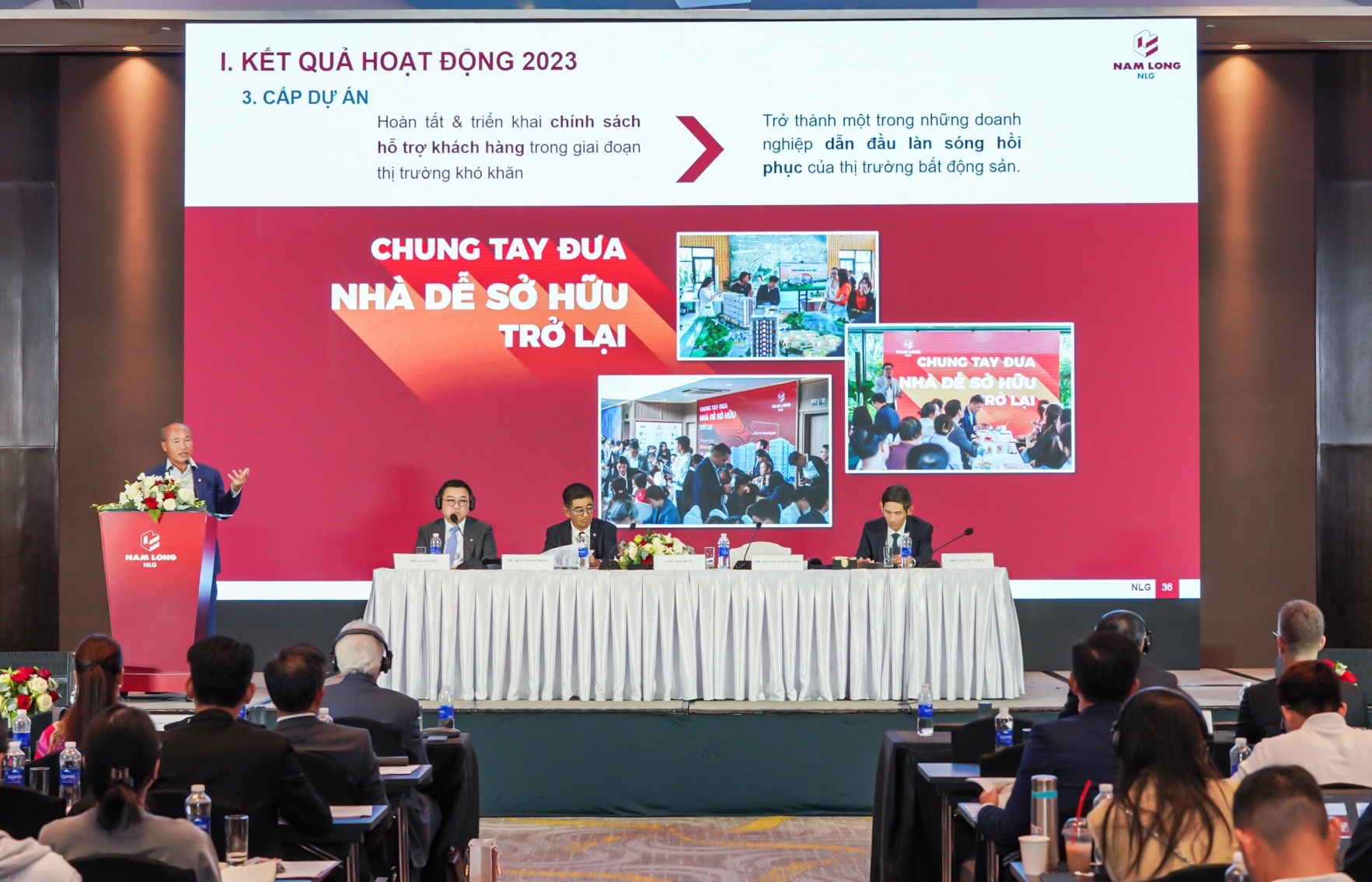
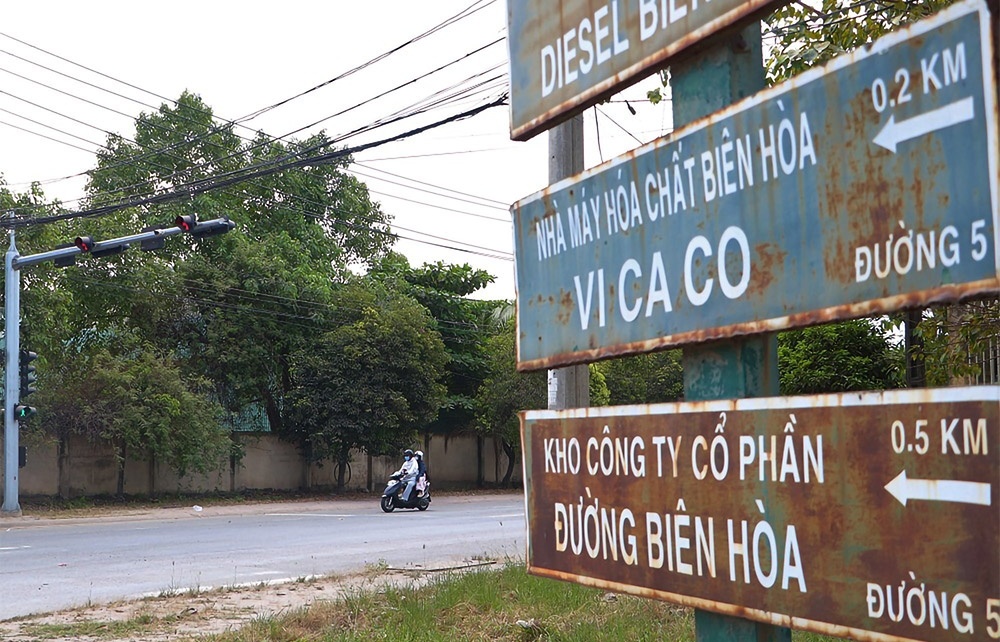
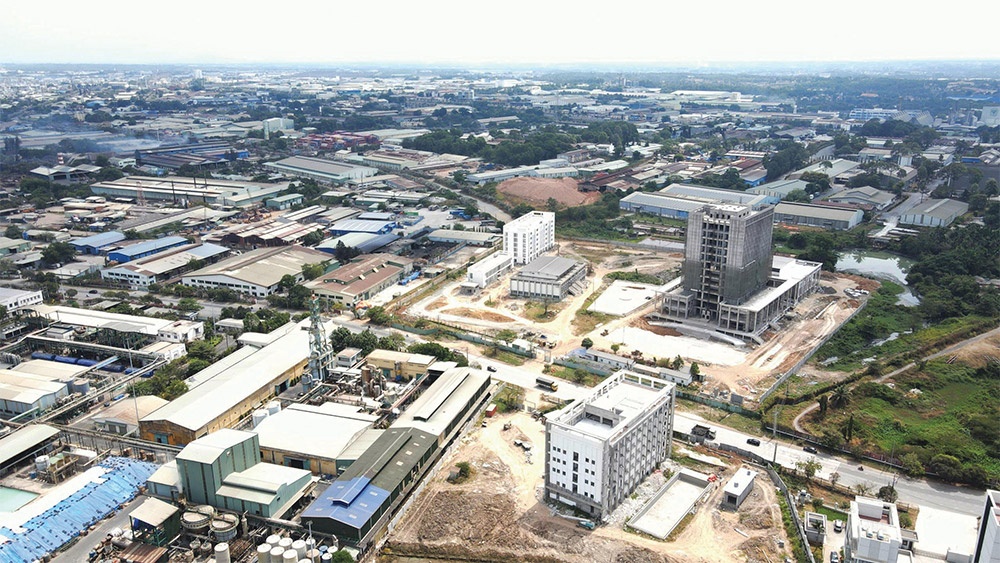
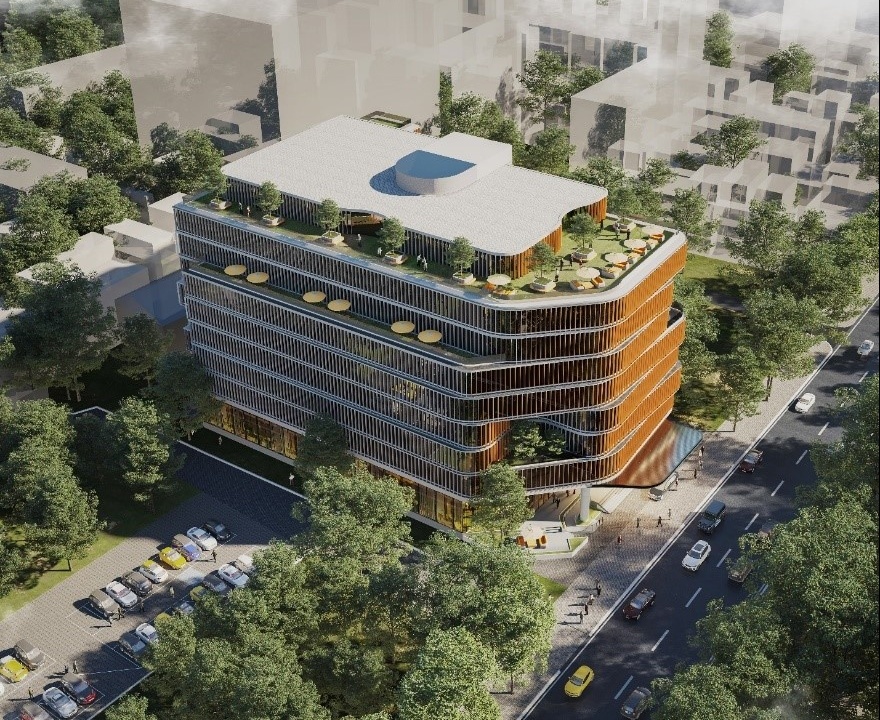

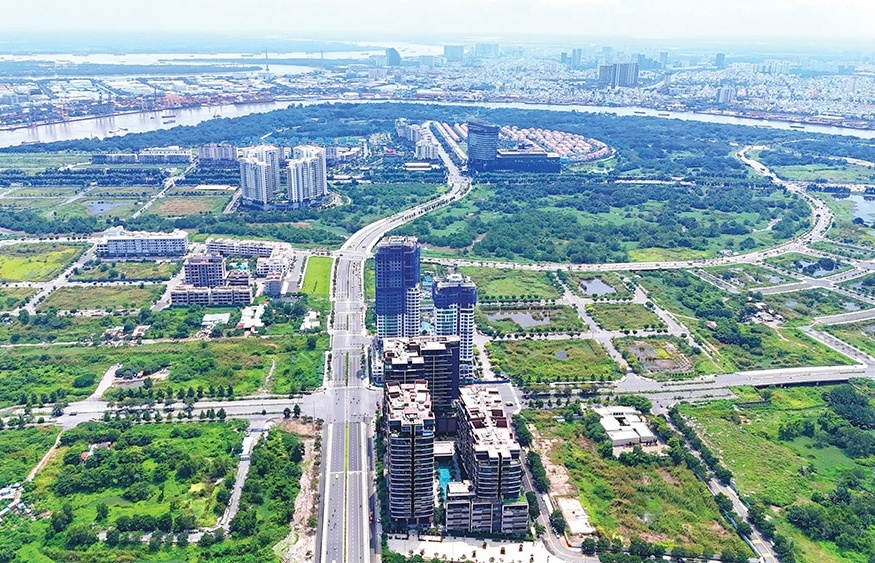



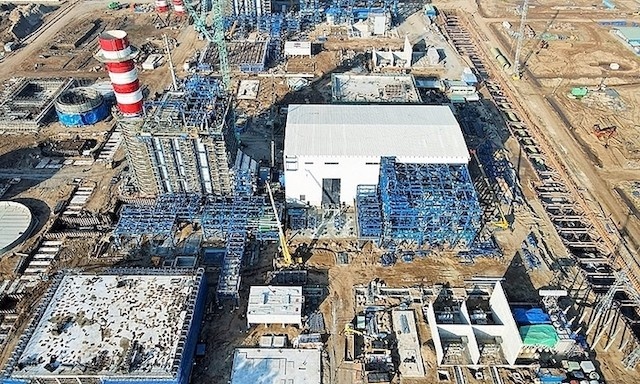




 Mobile Version
Mobile Version